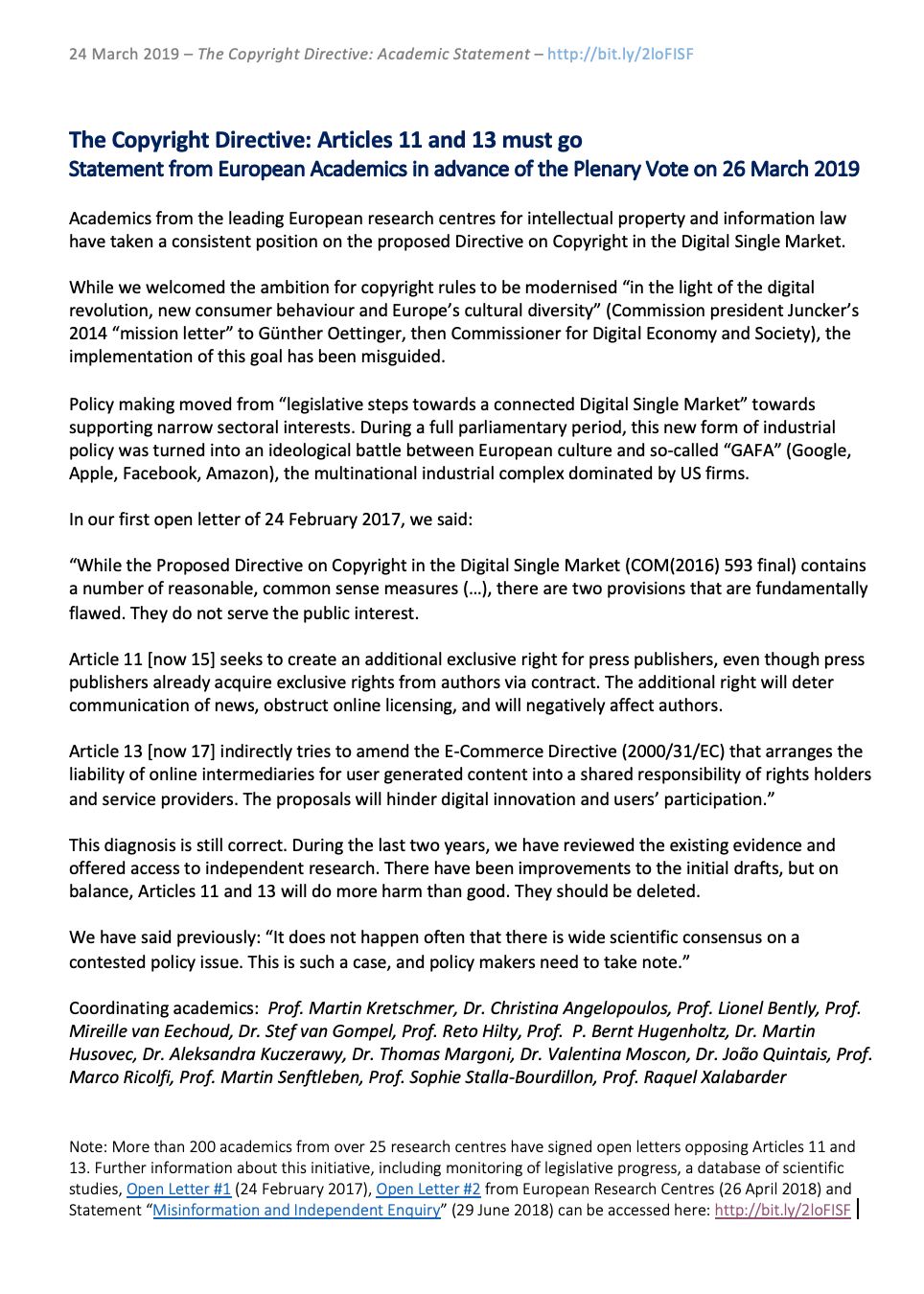Post by Liz Dowthwaite (Doctoral Researcher at CREATe & Horizon, University of Nottingham) Figure 1 Internet culture as portrayed by…
Read More
The fourteenth release in CREATe’s Working Paper Series is now available for download. Archives and Copyright: Developing an Agenda for Reform edited by Ronan…
Read More

On 27th September 2013, CREATe, in conjunction with the Wellcome Trust, the Archives and Records Association, and the British and…
Read More
Themed crowdfunding cake expertly baked by Sheona Burrow On Tuesday 18th February we organised a joint reading group session with…
Read More
Post by Tom Phillips (CREATe Research Associate, University of Edinburgh) This won’t be readily apparent to all visitors to this…
Read More
Post by Tom Phillips (CREATe Research Associate, University of Edinburgh) If you’ve been around a smartphone in the last few…
Read More
The thirteenth release in CREATe’s Working Paper Series is now available for download. Research Perspectives on the Public Domain, edited by Kris…
Read More
Summary of the CREATe Workshop on Open Access Publishing University of Nottingham 3 February 2014 by Ken Wilson (Doctoral Researcher,…
Read More
The School of Political, Social and International Studies within the Faculty of Arts and Humanities at the University of East…
Read More

CREATe is hosting the Fourth Research Workshop of the AHRC funded research network 'Beyond the Campus: Connecting Knowledge and Creative Practice…
Read More
